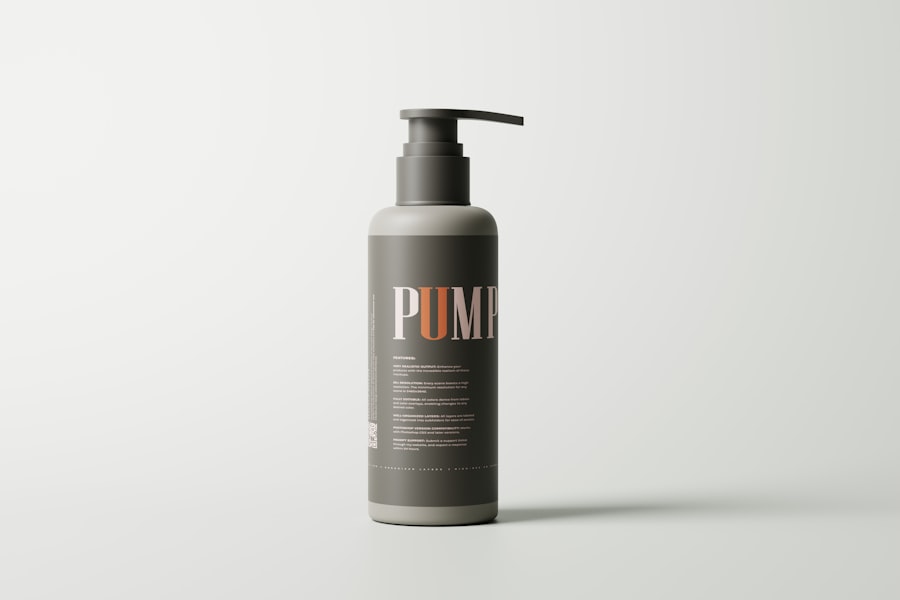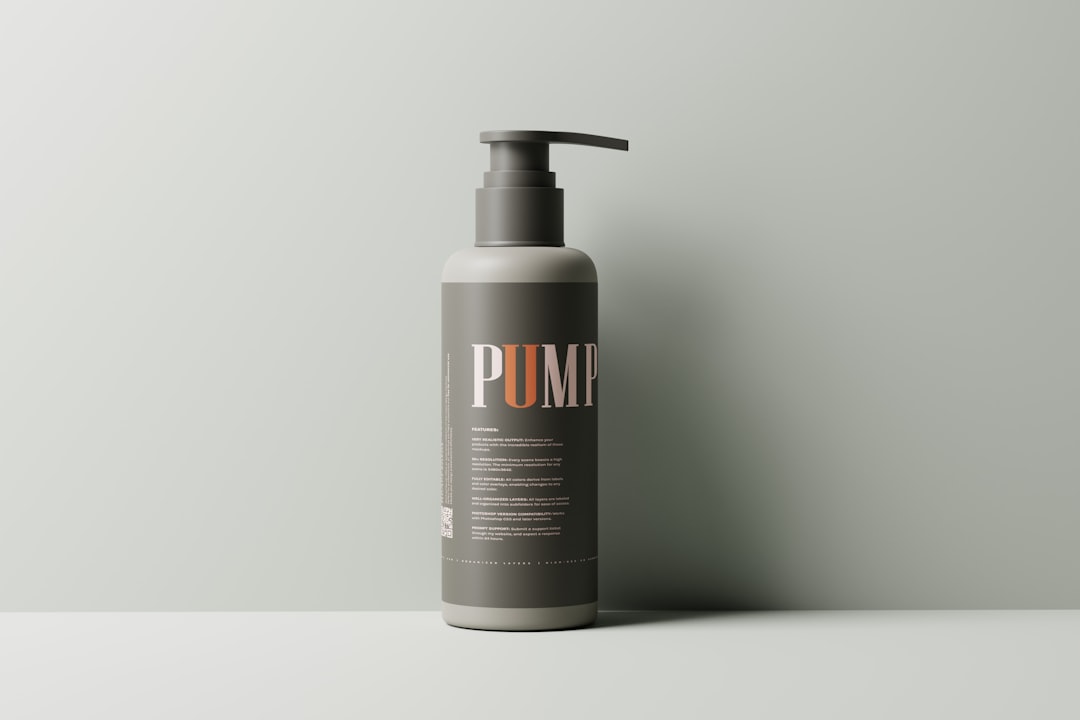Laser hair removal is a popular cosmetic procedure that utilizes concentrated beams of light to target and eliminate unwanted hair. The process begins with the laser emitting a specific wavelength of light that is absorbed by the pigment in the hair follicles. This absorption generates heat, which effectively damages the follicles and inhibits future hair growth.
The procedure is most effective on individuals with light skin and dark hair, as the contrast allows the laser to focus more precisely on the hair without affecting the surrounding skin. Before undergoing laser hair removal, it’s essential to have a consultation with a qualified practitioner. During this initial meeting, you will discuss your medical history, skin type, and hair characteristics.
The practitioner will assess your suitability for the treatment and may recommend a patch test to determine how your skin reacts to the laser. Understanding the intricacies of the procedure can help alleviate any concerns you may have, ensuring you feel informed and confident as you embark on your hair removal journey.
Key Takeaways
- Laser hair removal targets hair follicles with concentrated light to inhibit future hair growth
- Shave the treatment area before the session and avoid sun exposure and tanning products
- Apply aloe vera or cold compress to soothe discomfort and redness after treatment
- Use sunscreen and protective clothing to shield the treated area from sun exposure
- Moisturize the skin and avoid exfoliation for a few days post-treatment to promote healing
Preparing for laser hair removal aftercare
Pre-Treatment Preparations
In addition to following pre-treatment instructions, you should also refrain from waxing or plucking hair in the treatment area for several weeks prior to your appointment. This is because these methods can disrupt the hair growth cycle and reduce the effectiveness of the laser.
What to Expect During Recovery
After your treatment, it’s important to have a clear understanding of what to expect during the recovery phase. Your skin may feel sensitive or slightly irritated, similar to a mild sunburn.
Promoting Healing and Enhancing Results
To promote healing, you should keep the treated area clean and moisturized. Your practitioner may recommend specific products or ointments to aid in recovery. Being proactive about aftercare can significantly enhance your results and minimize any potential side effects.
Managing discomfort and redness after treatment
Experiencing some discomfort and redness following laser hair removal is entirely normal. The intensity of these sensations can vary depending on your pain threshold and the area being treated. To manage any discomfort, you might consider applying a cold compress to the affected area.
This can help soothe the skin and reduce inflammation. Over-the-counter pain relievers, such as ibuprofen or acetaminophen, can also be effective in alleviating any pain you may experience. In addition to cold compresses and pain relievers, it’s essential to listen to your body during this time.
If you notice that the redness persists or worsens, it’s advisable to contact your practitioner for guidance. They can provide tailored advice based on your specific situation and ensure that your recovery is progressing as expected. Remember that while some discomfort is typical, it should not be severe or prolonged.
Protecting the treated area from sun exposure
| Metrics | Results |
|---|---|
| Sunscreen SPF used | 30 |
| Duration of sun exposure | 2 hours |
| Protective clothing worn | Yes |
| Shade availability | No |
One of the most critical aspects of post-laser hair removal care is protecting the treated area from sun exposure. Your skin will be more sensitive after treatment, making it susceptible to sunburn and pigmentation changes. To safeguard your skin, it’s advisable to avoid direct sunlight for at least two weeks following your session.
If you must be outdoors, wearing protective clothing or seeking shade can help minimize exposure. In addition to physical barriers, applying a broad-spectrum sunscreen with an SPF of 30 or higher is essential. This will provide an extra layer of protection against harmful UV rays.
Make it a habit to reapply sunscreen every two hours if you’re spending extended periods outside. By taking these precautions, you can help ensure that your skin heals properly and that you achieve the best possible results from your laser hair removal treatment.
Proper skincare routine post-treatment
Establishing a proper skincare routine after laser hair removal is vital for maintaining healthy skin and enhancing your results. Start by gently cleansing the treated area with a mild, fragrance-free cleanser to avoid irritation.
Moisturizing is another crucial step in your post-treatment skincare regimen. Look for soothing creams or lotions that contain ingredients like aloe vera or hyaluronic acid, which can help hydrate and calm the skin. Additionally, incorporating a gentle moisturizer into your daily routine will support your skin’s recovery process.
By prioritizing skincare after your treatment, you can promote healing while also enjoying smoother, hair-free skin.
Avoiding certain activities and products

Avoid Strenuous Activities
Refrain from engaging in strenuous exercise or activities that cause excessive sweating for at least 24 hours post-treatment. Sweating can irritate the treated area and increase the risk of complications such as infection.
Choose Gentle Skincare Products
Be cautious about using certain skincare products during your recovery period. Avoid products containing retinoids, alpha hydroxy acids (AHAs), or beta hydroxy acids (BHAs) for at least a week after treatment, as these can irritate sensitive skin. Instead, opt for gentle formulations that prioritize hydration and healing.
Support a Smooth Recovery
By being mindful of your activities and product choices, you can support a smooth recovery process.
Monitoring the treated area for any unusual reactions
As you recover from laser hair removal, it’s crucial to monitor the treated area for any unusual reactions or changes. While some redness and swelling are expected, you should be vigilant for signs of infection or adverse reactions, such as increased pain, pus, or blistering. If you notice any concerning symptoms, don’t hesitate to reach out to your practitioner for advice.
Regularly checking in on your skin will not only help you catch any potential issues early but also allow you to appreciate the progress of your treatment. As the days go by, you may notice a reduction in hair growth in the treated area, which can be incredibly rewarding. Keeping an eye on how your skin responds will empower you to take charge of your post-treatment care.
Scheduling follow-up appointments for maintenance
To achieve long-lasting results from laser hair removal, scheduling follow-up appointments is essential. Hair grows in cycles, and multiple sessions are typically required to target all hair follicles effectively. Your practitioner will recommend a personalized treatment plan based on your individual needs and goals.
After completing your initial series of treatments, it’s important to continue with maintenance sessions as needed. These follow-up appointments will help ensure that any remaining hair follicles are effectively treated and that you maintain smooth skin over time. Staying committed to your treatment plan will ultimately lead to the best possible outcomes and enhance your confidence in your appearance.
In conclusion, understanding the laser hair removal process and committing to proper aftercare are vital components of achieving successful results. By preparing adequately for aftercare, managing discomfort effectively, protecting your skin from sun exposure, establishing a proper skincare routine, avoiding certain activities and products, monitoring for unusual reactions, and scheduling follow-up appointments for maintenance, you can enjoy a smooth transition into life with less unwanted hair. Embrace this journey with confidence and take pride in investing in yourself!
For more information on laser hair removal aftercare guidelines, you can visit this article on the In Laser Hair Removal website. This article provides detailed instructions on how to properly care for your skin after a laser hair removal treatment to ensure the best results. It covers topics such as avoiding sun exposure, using gentle skincare products, and staying hydrated. Following these guidelines is essential for achieving smooth and hair-free skin.
FAQs
What is laser hair removal?
Laser hair removal is a cosmetic procedure that uses a concentrated beam of light (laser) to remove unwanted hair. The laser targets the pigment in the hair follicles, damaging them and inhibiting future hair growth.
What are the aftercare guidelines for laser hair removal?
After laser hair removal, it is important to avoid sun exposure, hot showers, and excessive sweating for the first 24-48 hours. It is also recommended to use a gentle cleanser and moisturizer, and to avoid picking or scratching the treated area.
How long should I wait before exposing the treated area to the sun?
It is recommended to wait at least 2 weeks before exposing the treated area to the sun. If sun exposure cannot be avoided, it is important to use a broad-spectrum sunscreen with SPF 30 or higher.
Can I shave or use hair removal creams after laser hair removal?
It is safe to shave the treated area after laser hair removal, but it is important to avoid using hair removal creams or waxing, as these methods can interfere with the hair follicles targeted by the laser.
Are there any specific products I should avoid after laser hair removal?
It is recommended to avoid using harsh or abrasive products, as well as products containing alcohol or fragrance, on the treated area. These can irritate the skin and interfere with the healing process.






